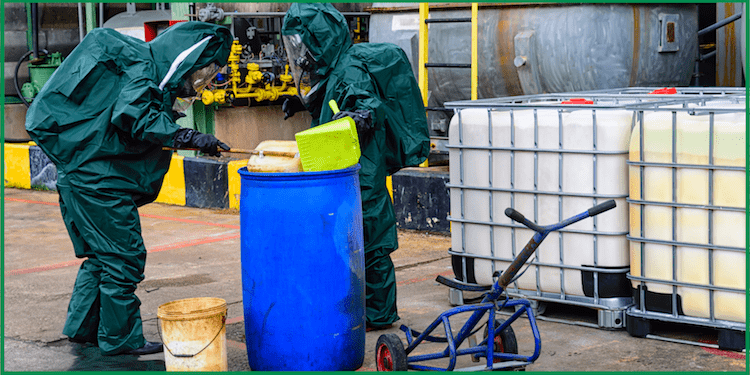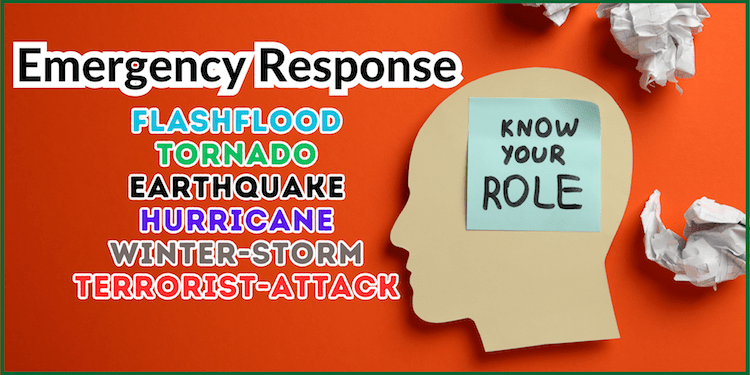The general public safety goal and objective regarding industrial and chemical hazards safety is to make people aware of the danger involved in industrial hazards and enlighten them on what to do in critical situations.
Having the means to reduce risk, injury, and death is vital to creating a healthy environment and peaceful living.
What is Industrial Hazard?
An industrial hazard is any produced by industries that may cause injury or loss of life or property.
So, an industrial hazard is associated with having industrial chemicals and their risk to life and property.
The protection of people from these dangerous hazards is necessary. Long-term exposure of people to a spilled chemical in an environment can cause severe ailments and death.
Types of Chemical Hazard?
Many toxic chemicals can cause significant health issues; listed below are some examples:
● Neurotoxins
● Dermatologic Agents
● Carcinogens
● Reproductive toxins
● Asthmagens
● Immune Agents
● Sensitizers
Effects of Industrial and Chemical Hazards on Human Health
Industrial hazards can cause many diseases.
● It can irritate the skin
● Long-time exposure to this environment can cause breathing problems
● Headache and nausea
● Many other types of illness also occur
Effect of Industrial Hazard on the Environment
Besides human health, it can also pollute the environment and other living organisms.
● It can affect the quality of air
● Damage soil
● Causing many other environmental problems
Why is Public Safety Needed?
Public safety is one of the fundamental duties of the government. The health of citizens is essential to the development of communities and the entire nation.
A safer environment lessens the chances of many accidents and deaths.
Public Safety Best Practices
Here we discuss some safety strategies. Awareness of people against the disaster also plays a vital role in public safety.
- Citizens Should Follow The Rules Of Health Organization: The government is entitled to provide rules, regulations, and policies to guide and protect citizens from risk, danger, and death caused by industrial hazards. Citizens must yield to these rules, regulations, and guidelines issued by the government.
- Encourage People to Share Voice: Everyone should feel free to speak about the environment’s safety against industrial hazards. Encourage citizens to deliver safety messages.
- Everyone Should Participate in Safety Plans: Besides the government, it is the responsibility of every citizen to participate in safety plans. Showing interest and feedback to the local health departments also reduces the danger.
Exposure to Industrial Hazardous Material
Ways humans exposure to industrial hazards:
● Inhalation
● Absorption
● Injection
● Ingestion
The human body gives way to toxic materials quickly in many forms. One of the most common ways is inhalation. Breathing is paramount to human existence.
Proper management of these hazardous materials is compulsory for public security. Citizens also have a part to play; not everything will be the government’s responsibility.
The following safety tips will go a long way to protect all.
- Stay alert and aware of any industrial and chemical hazardous material. Keep your eyes on your surroundings to keep yourself safe from toxic materials.
- Call the Emergency team in case of an emergency. In any challenging situation, call the emergency numbers to assist. Dial 911 ( United States general emergency number for Fire, Health, Police, Etc.). Get familiar with your residence emergency numbers.
- Reduce and manage industrial waste. Effective management of industrial waste could save lives.
Do you enjoy this reading? Kindly share with family, friends, and colleagues. Thanks 🙂



